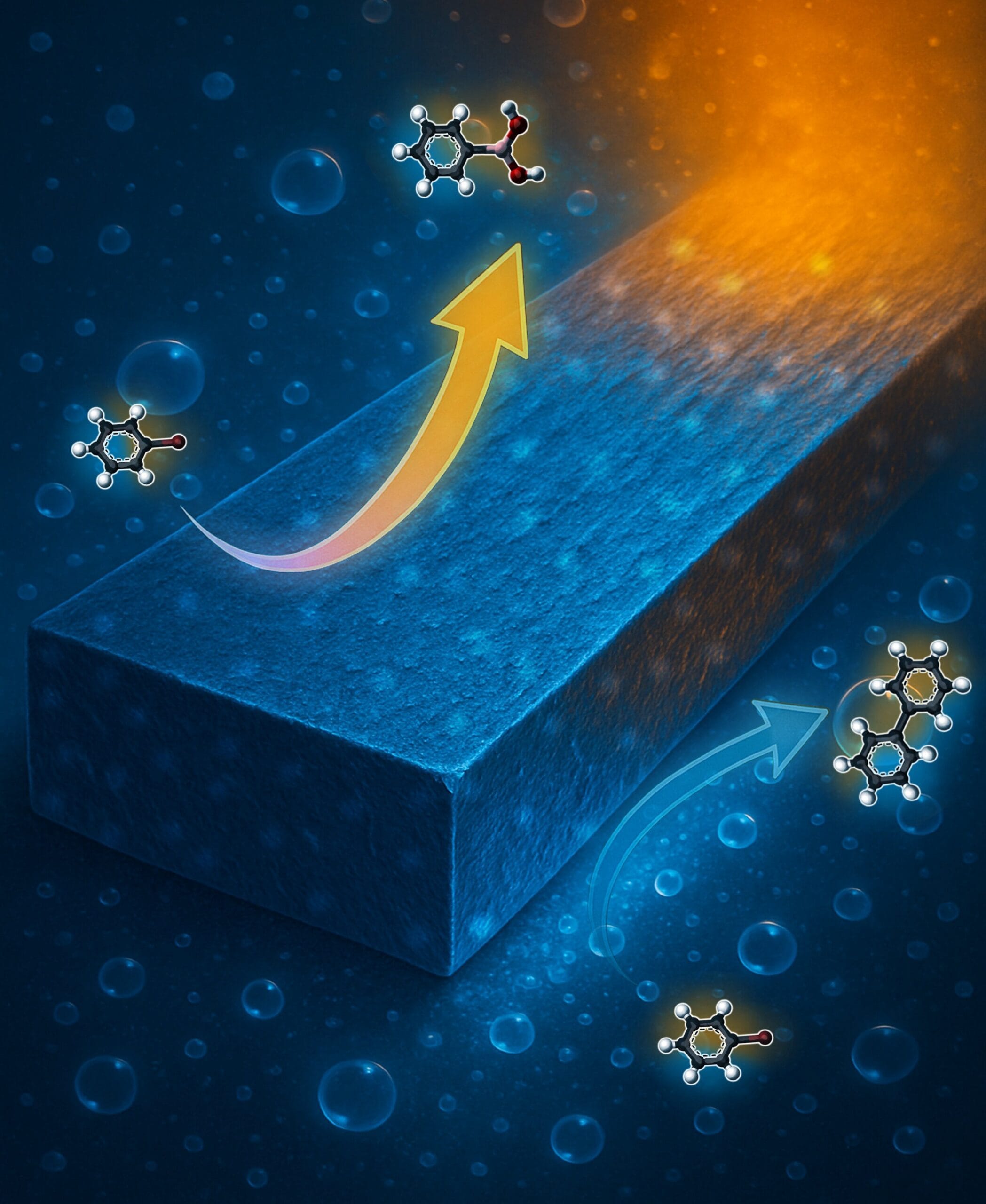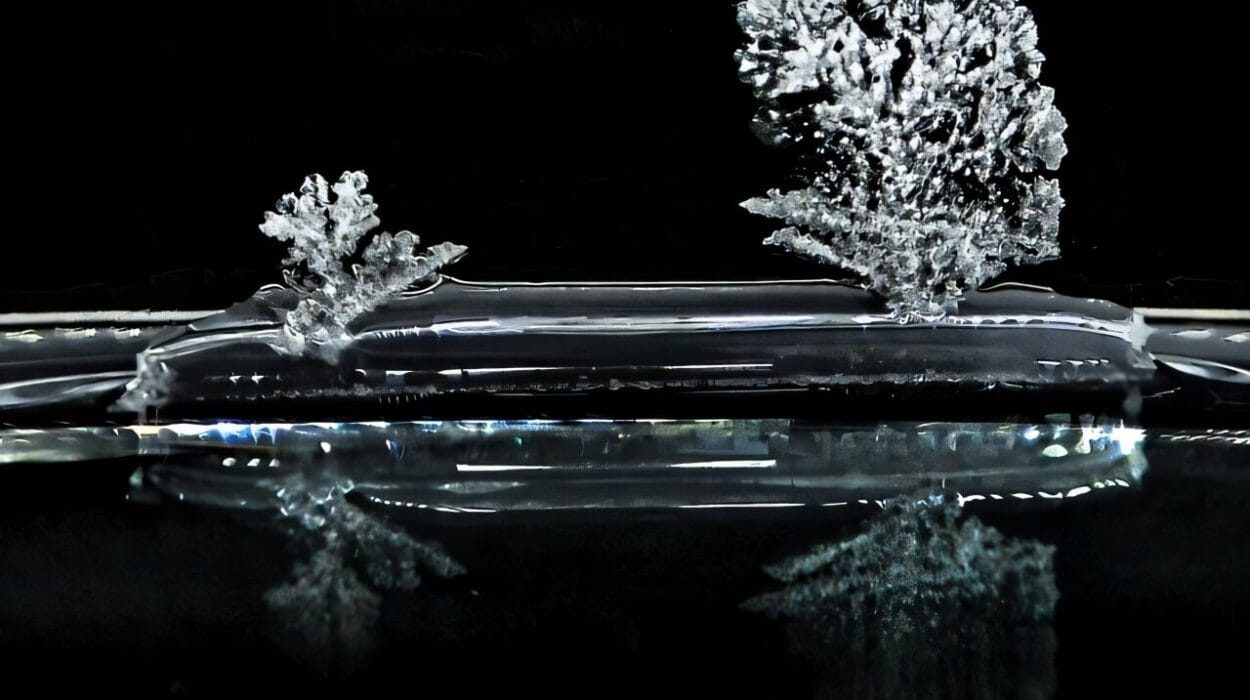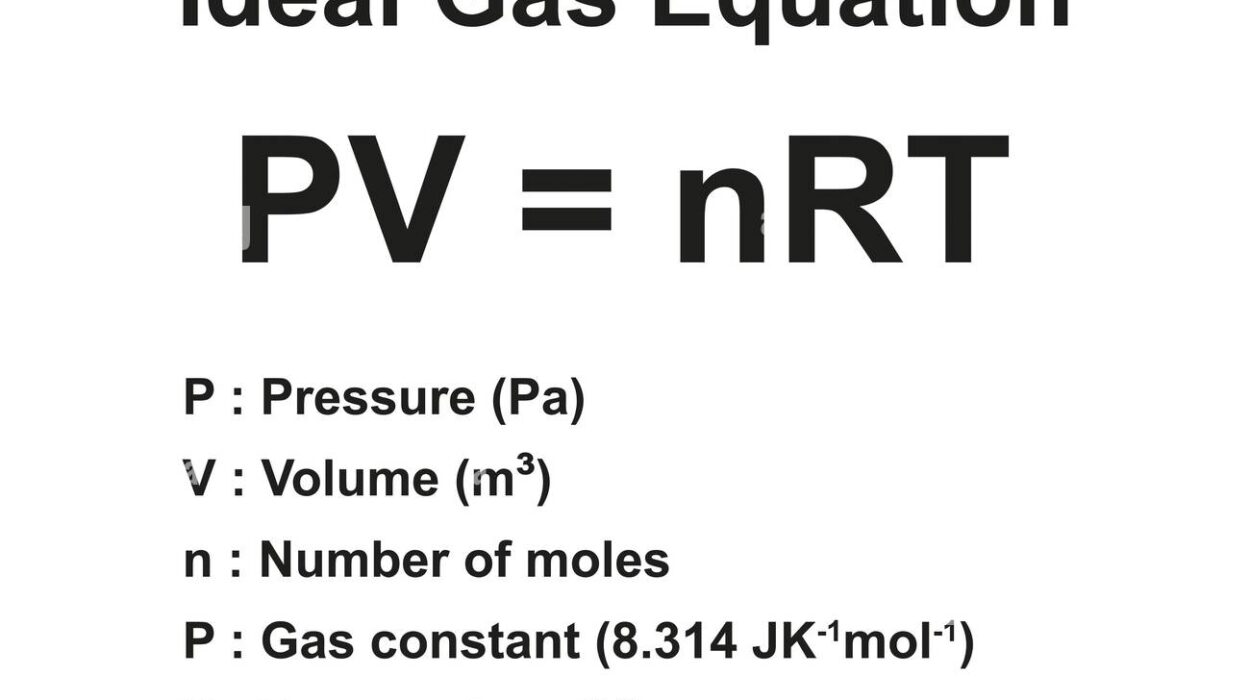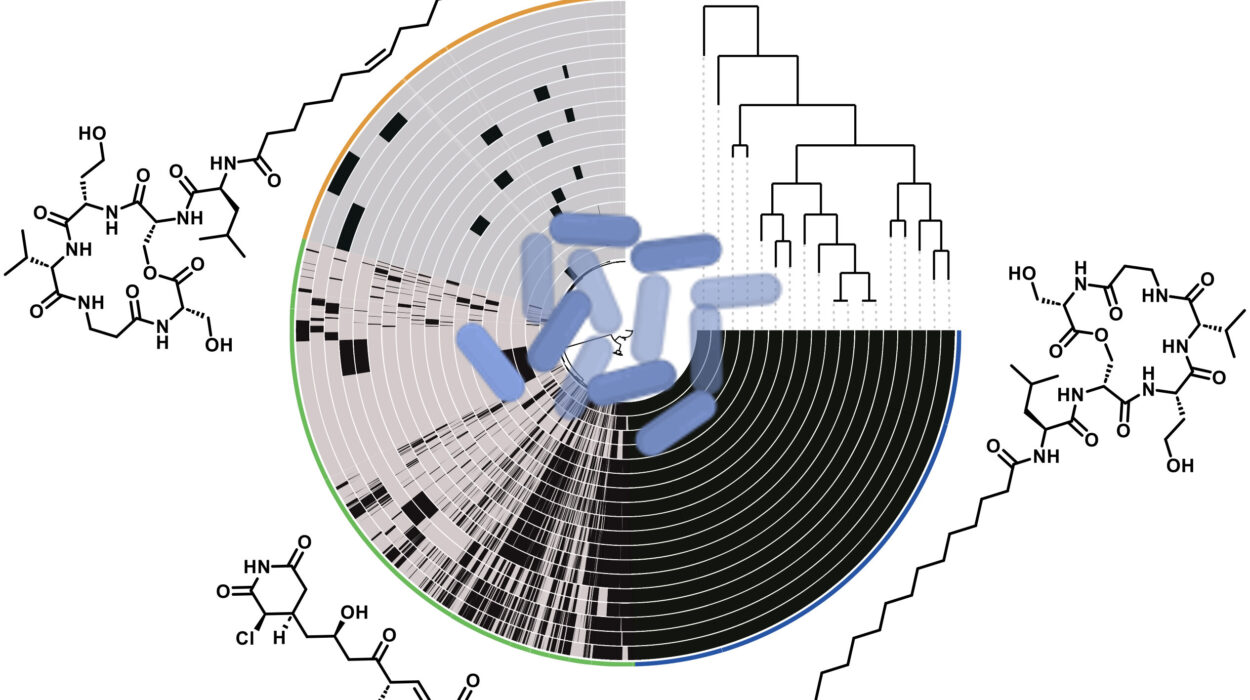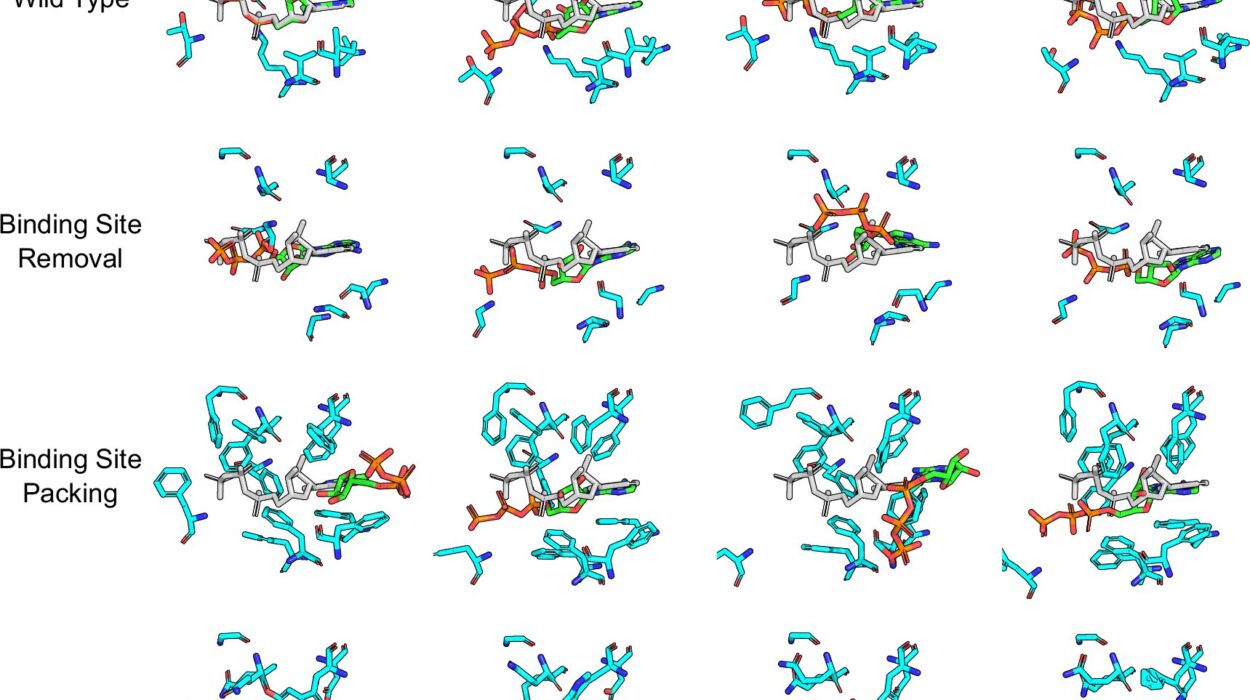In a groundbreaking advance that could transform the future of green chemistry and industrial manufacturing, a research team at the Politecnico di Milano has unveiled a revolutionary single-atom catalyst that can selectively adapt its chemical behavior—like a molecular switch—depending on the reaction conditions. Published in the prestigious Journal of the American Chemical Society, the study marks the first time scientists have successfully designed a material capable of altering its catalytic role with precision, efficiency, and minimal environmental impact.
It’s not just another step forward in catalysis—it’s a bold stride into a future where chemistry becomes programmable, clean, and extraordinarily smart.
The Science Behind the Switch
At the heart of the discovery lies palladium—an element long valued for its catalytic properties—reduced to its most minimal, powerful form: a single atom. The team encapsulated these palladium atoms within an intricately engineered organic framework, allowing them to perform a kind of chemical metamorphosis. By merely adjusting the surrounding reaction conditions, the catalyst can shift between facilitating two essential reactions in organic chemistry: bioreactions and carbon–carbon coupling.
This dynamic ability—to toggle catalytic functions without changing the catalyst itself—is like teaching a key to open two entirely different locks just by changing the room it’s in.
“We have created a system that can modulate catalytic reactivity in a controlled manner,” said Dr. Gianvito Vilé, lecturer in the Giulio Natta Department of Chemistry, Materials and Chemical Engineering at the Politecnico di Milano and lead author of the study. “This paves the way for more intelligent, selective and sustainable chemical transformations.”
Programmable Catalysis: A Game-Changer
Single-atom catalysts (SACs) have garnered tremendous attention in recent years for their exceptional efficiency and atom-level precision. Unlike traditional catalysts, where many atoms are clumped together and often go underutilized, SACs ensure every atom plays an active role, maximizing performance and minimizing waste.
What sets this new palladium-based catalyst apart is its adaptability. It’s the first time scientists have engineered a single-atom system that can change its function based on chemical cues. In a way, it’s a chemical shapeshifter—responding to its environment not with randomness, but with purpose.
This “switchable” behavior opens the door to the idea of programmable catalysis—a concept where a single material can be directed to perform different tasks depending on need. For industries that depend on complex chemical reactions, from pharmaceuticals to plastics to renewable fuels, this means enormous potential: fewer materials, lower energy input, and reduced waste.
A Catalyst for Cleaner, Greener Chemistry
Beyond its functional intelligence, the newly developed catalyst also checks all the boxes of green chemistry. It is highly stable and recyclable, withstanding multiple cycles without degradation. The team’s life-cycle analysis revealed a significant drop in hazardous byproducts and unnecessary reagents compared to conventional catalytic systems.
“We’re not just improving the chemistry—we’re reimagining how we do chemistry,” explained Dr. Vilé. “Sustainability isn’t just a side benefit. It’s built into the catalyst’s DNA.”
In a world facing mounting environmental pressures from chemical manufacturing—one of the most energy-intensive and polluting industries—this advancement offers a desperately needed alternative. By slashing energy consumption and reducing harmful waste, programmable single-atom catalysts could become the foundation for the next generation of sustainable industrial processes.
Collaboration Across Borders and Disciplines
This ambitious research was the result of a wide-ranging international collaboration, drawing on expertise from the University of Milan-Bicocca, the University of Ostrava in the Czech Republic, the University of Graz in Austria, and Kunsan National University in South Korea. Each partner brought unique insights, from molecular design to chemical engineering and sustainability assessment.
Such broad collaboration reflects the complexity and promise of the work. Innovation of this caliber doesn’t happen in isolation—it’s the product of shared vision, rigorous experimentation, and the boldness to reimagine chemistry from the ground up.
The Bigger Picture: Towards Adaptive Materials
While the immediate applications for this catalyst lie in chemical synthesis, the implications ripple outward into materials science, nanotechnology, and even artificial intelligence. The ability to control matter at the atomic level—to design a molecule that adapts to its environment—is a core goal of molecular programming and smart materials.
In time, these switchable catalysts could be integrated into self-optimizing chemical reactors, responsive drug delivery systems, or even climate remediation tools. Imagine materials that change function in response to pollution levels, temperature shifts, or biological signals—materials that can think, in their own molecular way.
This is more than just chemistry. It’s a window into the future of engineered adaptability—where matter itself becomes responsive, conscious of context, and capable of making decisions.
An Invitation to Rethink the Possible
As global industries search for cleaner, smarter, and more resilient solutions, discoveries like this remind us that the frontier of science isn’t just about speed or scale. It’s about elegance. About precision. About making more from less. About giving atoms a voice—and listening when they speak.
The team at the Politecnico di Milano hasn’t just developed a better catalyst. They’ve set a new standard for what we expect from materials: intelligence, sustainability, and the capacity to evolve.
Their work doesn’t just answer a scientific question—it poses a philosophical one: If matter can be made to adapt, how far are we from a future where all our materials think with us?
More information: Vitthal B. Saptal et al, An Adaptive Palladium Single-Atom Catalyst Enabling Reactivity Switching between Borylation and C–C Coupling, Journal of the American Chemical Society (2025). DOI: 10.1021/jacs.4c17943
